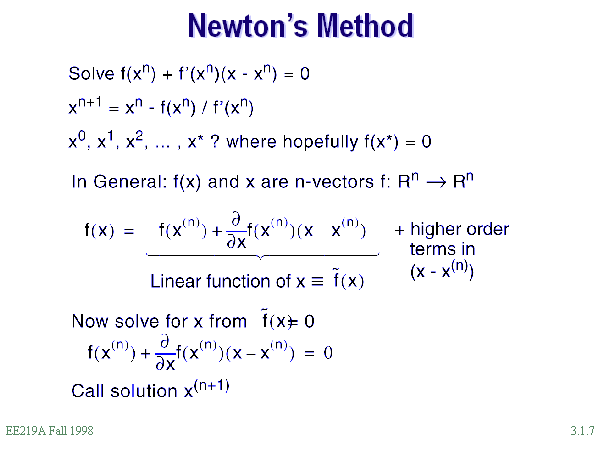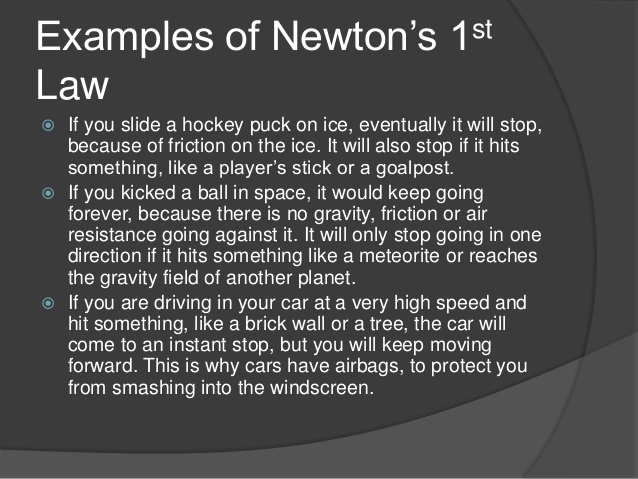
One final factor is that the player keeps pushing on the bat during the hit, so although the ball pushes on the bat equal and opposite to the bat pushing on the ball, there is additional force on the bat that tends to counteract the ball pushing on the bat. If you were to watch the collision from a car moving at v = +35m/s, you would see the bat initially at rest and finally moving at -15 m/s, so you would see it "moving away" from the collision. You can see that the Δv for the bat = 20 - 35 = -15m/s, while Δv for the ball = 70 -35 = +105m/s, which is 7 times as big as the Δv for the bat.

Thus, the bat is only slowed down, while the ball is turned completely around. Give an example of Newtons first law of motion. Define the unit of electric current in terms of fundamental MKS units.

The Second factor is that the bat is already moving with a fairly high speed, and so its momentum is much greater than the momentum of the ball, at least in the frame of reference of the spectators. Give examples of Newtons laws of motion in everyday life. They can be expressed as a product (or ratio) of one or more of the base units, possibly scaled by an appropriate power of exponentiation (see: Buckingham theorem ). Thus, since the Δt is the same for both, and the acceleration of the ball is 7 times bigger, the Δv of the ball will be 7 times bigger. SI Derived Units are units of measurement derived from the seven base units specified by the International System of Units (SI). Isaac Newton ’s second law of motion states that the time rate of change of momentum is equal to the force acting on the particle. Momentum is a vector quantity i.e., it has both magnitude and direction. We know that the average acceleration is given by a = Δv/Δt, which tells us that Δv = a * Δt. The newton (symbol: N) is the unit of force in the International System of Units (SI).It is defined as 1 kgm/s 2, the force which gives a mass of 1 kilogram an acceleration of 1 metre per second per second. momentum, product of the mass of a particle and its velocity. So, from F = ma, this tells us that a = F/m, and so the acceleration of the ball will be about 7 times the acceleration of the bat. 145kg, while a bat has a mass of about 1.0 kg. There are two factors to consider.įirst, the masses are different. The reaction to her push is thus in the desired direction. Note that the swimmer pushes in the direction opposite to that in which she wishes to move. If we select the swimmer to be the system of interest, as in the image below, then F wall on feet F_ F wall on feet F, start subscript, start text, w, a, l, l, space, o, n, space, f, e, e, t, end text, end subscript.

In this case, there are two systems that we could investigate: the swimmer or the wall. You might think that two equal and opposite forces would cancel, but they do not because they act on different systems. The wall has exerted an equal and opposite force back on the swimmer. The swimmer pushes against the pool wall with her feet and accelerates in the direction opposite to that of her push.


 0 kommentar(er)
0 kommentar(er)
